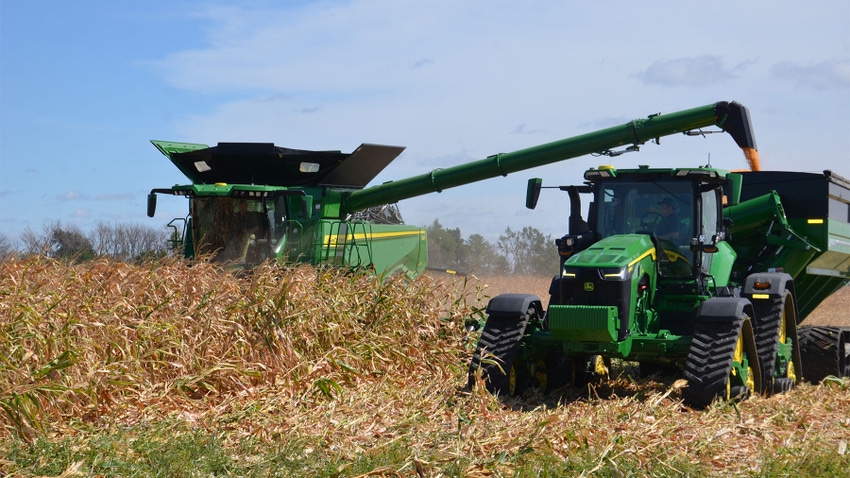August 28, 2023

Benchmarking liquidity, solvency and profitability provides key insights for managing your farm operation. In addition, it is often useful to benchmark labor costs.
Two commonly used benchmarks related to labor costs are labor efficiency and labor productivity. Both benchmarks should include family and operator labor as well as hired labor. This article briefly describes the computation of labor efficiency and labor productivity.
Labor efficiency is computed by dividing labor cost by gross revenue. This includes both hired labor plus family and operator labor. Hired labor cost and gross revenue can be found on a farm’s income statement. Family and operator labor can be represented by family withdrawals, which can be found on a sources-and-uses-of-funds statement.
Labor productivity is computed by dividing gross revenue by the number of workers. If all employees, including the operators, are fully employed on the farm, it is relatively easy to compute the number of workers.
It is relatively more difficult to compute this figure when employing part-time and seasonal workers. If some of the hired or operator labor is seasonal or part time, the total months worked by all hired, seasonal and family employees should be summed and then divided by 12 to arrive at the number of workers.
Helpful comparisons
Using various sources of farm management data, commonly used labor benchmarks for crop farms are a labor efficiency value below 0.10 and a labor productivity value greater than $500,000 per worker. For labor efficiency, a value of 0.10 means labor accounts for 10% of total costs.
If labor accounts for more than 10% of total costs and labor productivity is relatively low, it may indicate that the farm is going to have difficulty supporting all farm employees. Timeliness of operations should be incorporated into the evaluation of whether a farm has excess labor.
Conversely, if labor accounts for a relatively low percentage of total costs and labor productivity is relatively high, it is important to check the efficiency of machinery use. Sometimes a farm will be efficient with respect to labor, but have relatively high machinery benchmarks, or vice versa. Ideally, a farm would be competitive with respect to both labor and machinery.
Warning signs
It is important to note that, often, when a farm is having trouble covering labor costs, it is also having trouble repaying debt and replacing machinery. For this reason, it is also prudent to compute repayment measures, along with labor and machinery benchmarks.
Farms should compute and compare their labor efficiency and productivity with the benchmarks noted in this article to see where they stack up compared to other farm operations.
If your labor costs are relatively high, examine costs per acre for individual crop enterprises, and compute and compare benchmarks for other cost items such as machinery and equipment, and repayment measures.
Langemeier is a Purdue Extension ag economist and associate director of the Purdue Center for Commercial Agriculture.
Read more about:
LaborAbout the Author(s)
You May Also Like






